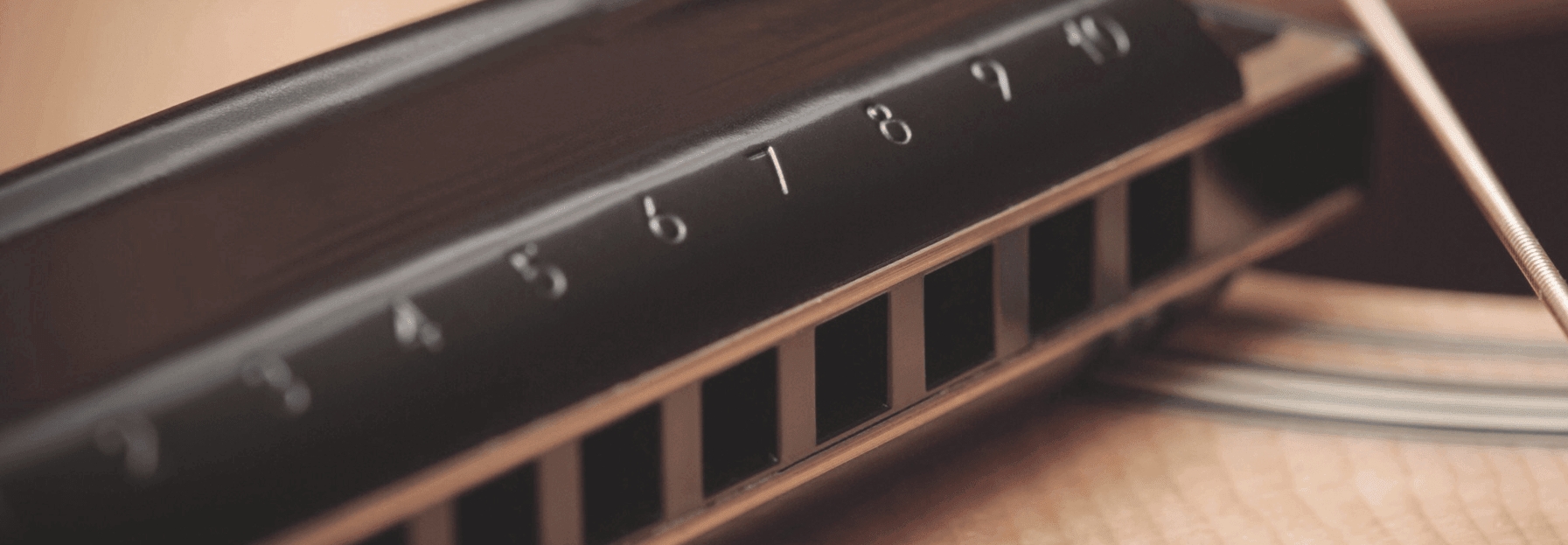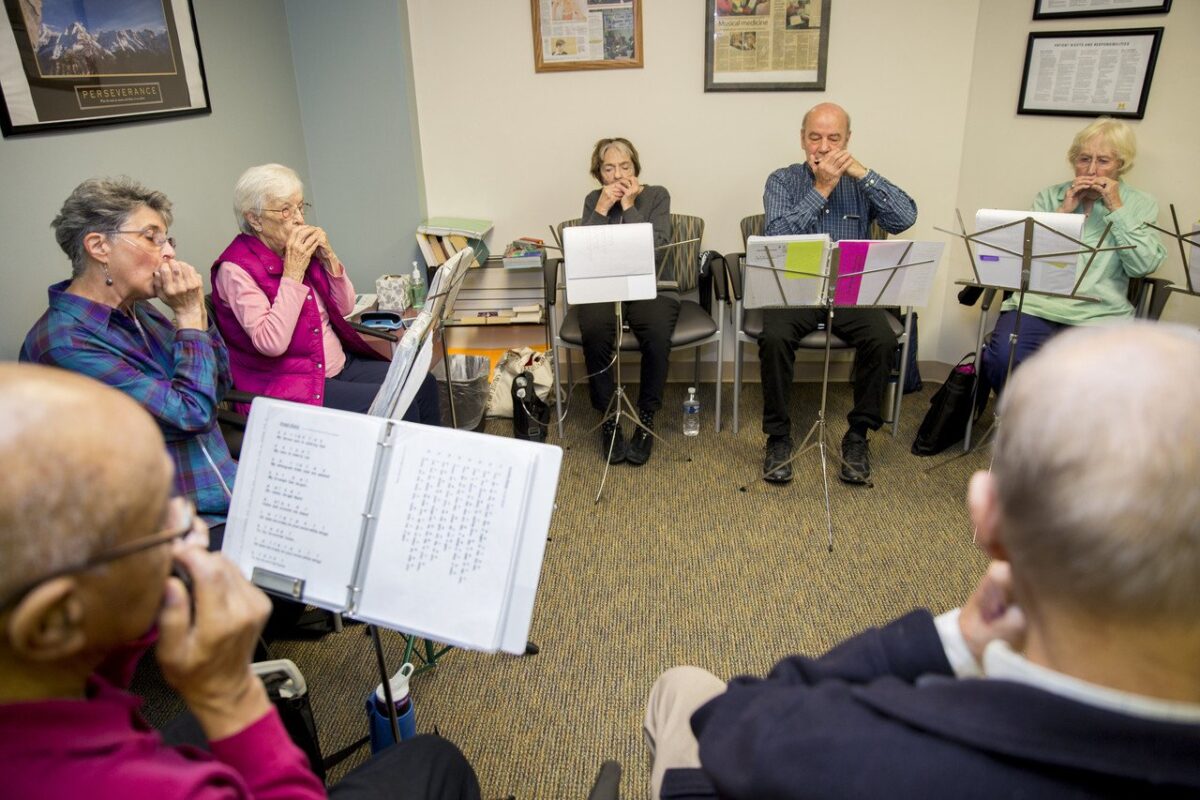So, are you looking to buy your first harmonica? this guide should help you understand the difference between a diatonic, chromatic and tremolo, and help you select your first harmonica (otherwise known as the ‘Mouth Organ’).
The harmonica is the perfect instrument, it has ease of portability, easy play-ability and extremely affordable in comparison to other musical instruments. Despite there size and price, harmonicas are used in a huge list of different musical genres. The most obvious ones being blues, country, and rock, nevertheless you will hear them played in jazz and classical music too. So what should you select for your first harmonica, well beginners would traditionally start with a 10-hole diatonic harmonica in the Key C, the word “Diatonic” means that the harmonica plays in a standard major (or minor) scale. You can find our range of diatonic in Key C here
Diatonic Harmonicas
These are the most commonly used harmonicas, and you will find them in blues, folk and often pop music. They are designed to play in a specific key. Nevertheless with different and specific “overblowing” techniques some players have learnt to play them in unofficial keys. It is worth looking for Carlos Del Junco or Howard Levy, they have both created a very good overblowing technique. Known as playing chromatically on a 10-key diatonic harp.
As already suggested, most music teachers will advise you to get a diatonic (10-key) harmonica in the key C, as your first harmonica.
Check out our full range of diatonic harmonicas here
Chromatic Harmonicas
Most chromatic harmonicas use a button-activated sliding bar to redirect air from the hole in the mouthpiece to the selected reed-plate. With the right skill and technique, you can play nearly any scale or mode using the chromatic’s “gear shift.”
Due to the larger reeds, it is harder to bend and overblow in comparison to the diatonic. Toots Thielmans and Stevie Wonder were well known to be proficient. Chromatic harmonicas usually come in the key of C or G, however you can learn to play nearly any music that uses the standard 12-tone scale.
Check out our full range of chromatic harmonicas here
Tremolo Harmonicas
The distinguishing feature of the tremolo-tuned harmonica’s is that it has two reeds per note, with one slightly sharp and the other slightly flat. It is this that helps them produce a unique warbling sound. You will find the diatonic version in folk music, however the chromatic counterpart is usually found in Asian rock and pop music.
Check out our full range of Tremolo Harmonicas here
Our store has huge ranges of different harmonicas, however we also stock amps, mics and books that can help get you started. Do not be daunted by selecting your first harmonica, and if you require lessons, or want to learn how to play, then we have a tutor on hand to teach you via Skype sessions.



